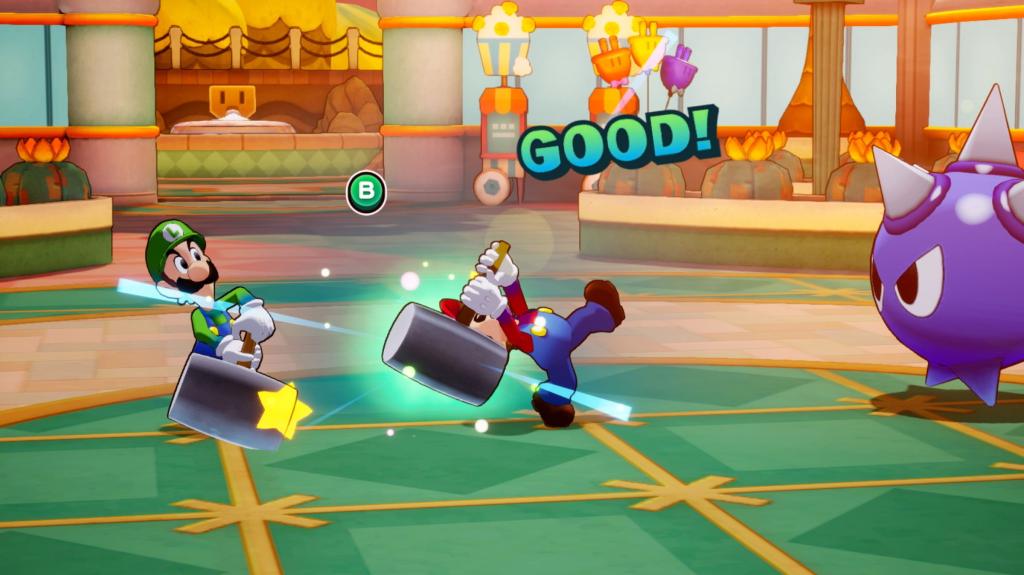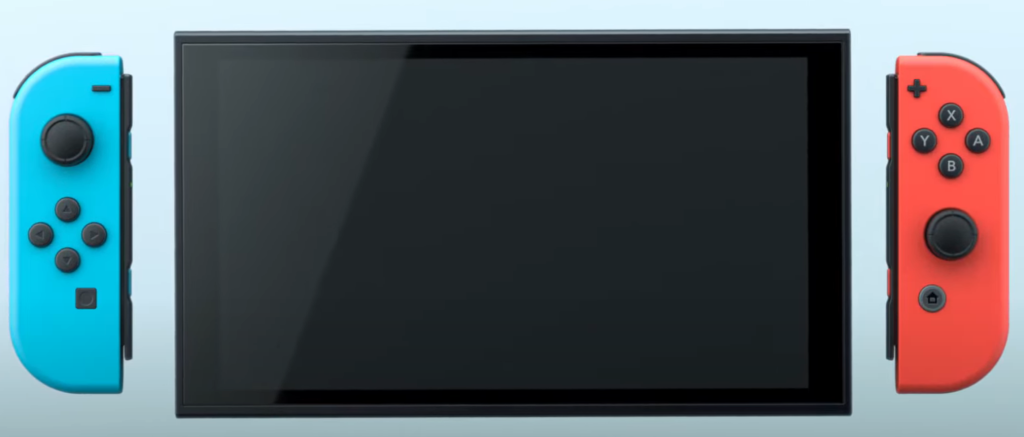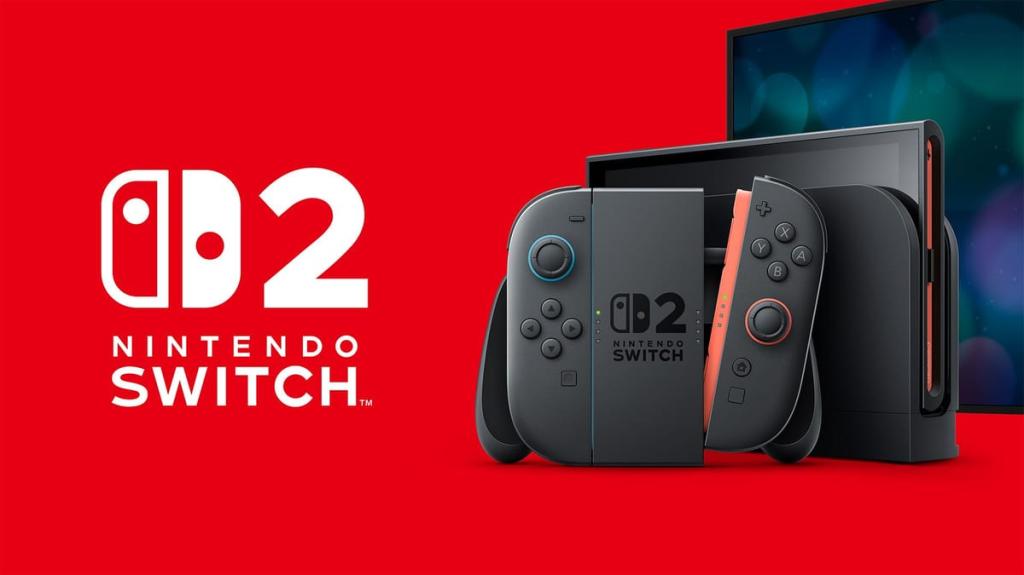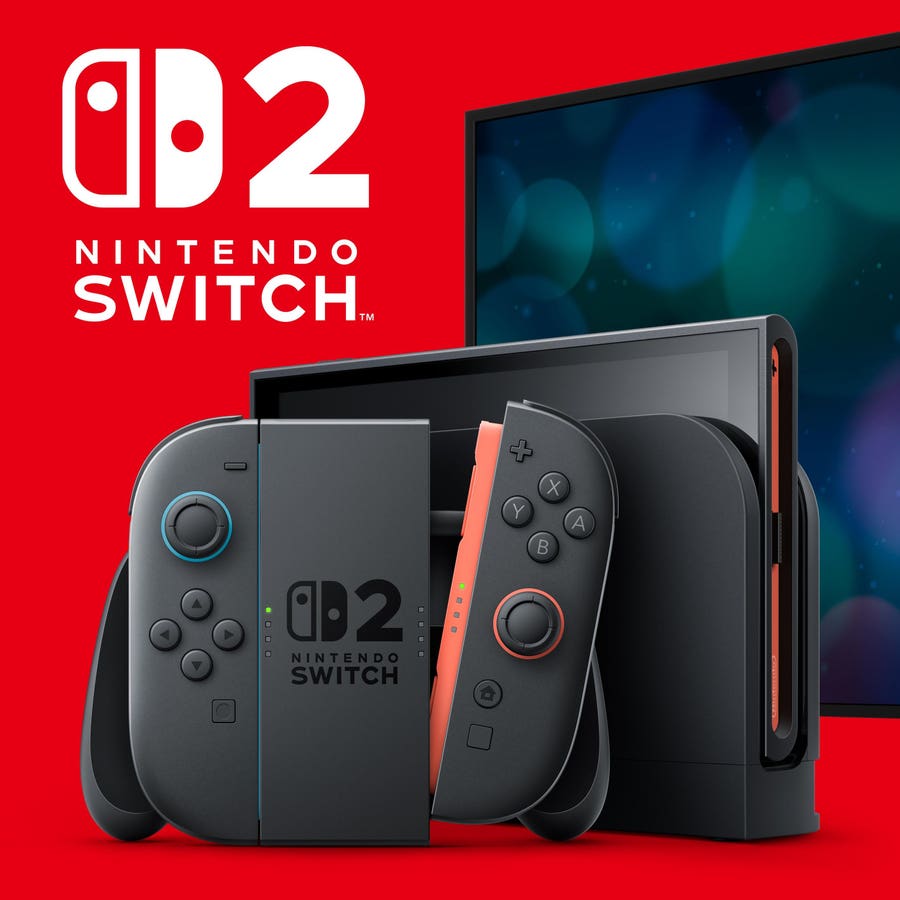Nintendo Switch 2 Promises Seamless Backwards Compatibility
Explore how the Nintendo Switch 2's backwards compatibility enhances gaming experiences, preserving player libraries while paving the way for future innovations.

Key Points
- Nintendo
Switch 2 will support backwards compatibility, allowing players to enjoy their existing game libraries seamlessly.
- The integration of Nintendo Switch
Online ensures that online features and classic titles carry over to the new console.
- This strategic approach not only enhances player retention but also positions Nintendo competitively in the evolving gaming landscape.
In an era where technology rapidly evolves, the gaming industry is witnessing a transformative shift that is exciting both enthusiasts and casual gamers alike. The announcement of the upcoming Nintendo Switch 2 has been a topic of excitement, particularly with the significant news of its backwards compatibility. This feature, confirmed by Nintendo President
, will allow players to enjoy their original Switch games on the new console, effectively bridging the gap between generations.

The Impact of Backwards Compatibility
Backwards compatibility is not just a convenient feature; it is a game-changer that enhances customer loyalty and satisfaction. Historically, Nintendo consoles have had varied approaches to backwards compatibility. While systems like the Wii and DS supported this feature, others, such as the Wii U, left players longing for their favorite titles. With the Switch 2, Nintendo appears to be pivoting back to a consumer-centric model. By ensuring that existing Switch games are playable, Nintendo not only retains its established library but also enhances the value of its current ecosystem.
This move is especially noteworthy when considering the current gaming landscape, where title accessibility is crucial. The Nintendo Switch has built an extensive library with over 1.3 billion units sold, including blockbuster titles like Breath of the Wild and
. By allowing players to carry over their collections to the new console, Nintendo is effectively reinforcing its commitment to its consumer base while also addressing a significant pain point many gamers have experienced in previous console transitions.
What Lies Ahead for Switch 2?
While excitement builds around the backwards compatibility promise, many still wonder about the specific functionalities of the new console. Questions remain regarding the usability of cartridges, digital downloads, and whether existing peripherals, like
, will be compatible. Nintendo hinted that the “
” service would transition to the new system, potentially offering access to a catalog of classic games alongside cloud saves and online features. This integration serves to unify the gaming experience across generations, a strategy that has become increasingly important in a competitive market.
However, anticipating the full extent of the Switch 2's capabilities requires patience. Although fans eagerly await more information about the hardware—projected to be unveiled by March 2025—it's essential to recognize that Nintendo is deliberately pacing this rollout. This gradual approach might serve to build suspense and maintain interest among its user base, making the eventual reveal even more impactful.
Challenges and Opportunities Ahead
Despite the promising outlook, Nintendo faces challenges. Recent reports indicated a downturn in hardware sales amid a crowded market. With the current Switch nearing the end of its life cycle, and the holiday season approaching, Nintendo must carefully navigate consumer expectations while managing the sales of both old and new systems. Successfully addressing these dynamics could set the standard for the gaming industry as it evolves.
The decision to embrace backwards compatibility also aligns with trends that promote consumer trust and satisfaction. Sony and
have successfully integrated backwards compatibility in their recent consoles, demonstrating the increasing importance of preserving player libraries across generations. Nintendo's decision to follow suit suggests an understanding of these market dynamics and an intention to remain competitive.
A Bright Future for Gamers
Ultimately, the impending launch of the Switch 2 is not just about hardware; it symbolizes a shift in how gaming companies are approaching consumer relationships. By retaining backwards compatibility, Nintendo is investing in its community of players, ensuring that their past investments are honored as they transition to the future of gaming.
As we look ahead, it's heartening to see Nintendo embracing a model that values continuity and consumer choice. This strategic direction could very well redefine what it means to upgrade your console while carrying forward a cherished library of games. With the gaming landscape constantly evolving, one thing remains clear: the promise of seamless backwards compatibility is a welcome innovation that strives to enhance the gaming experience for all.


